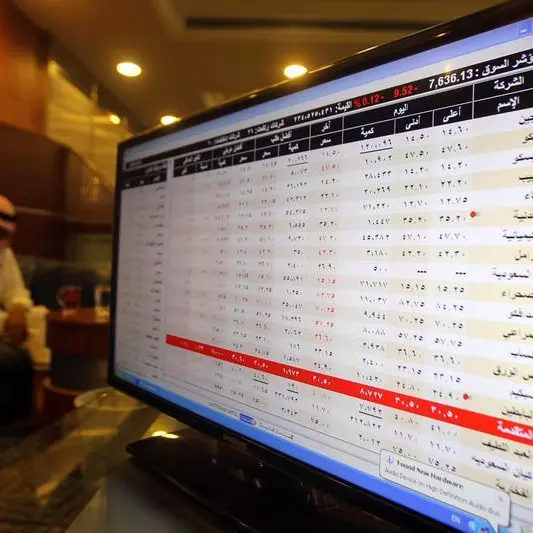PHOTO
MELBOURNE: Oil prices rose on Wednesday, extending strong gains in the previous session, after industry data showed U.S. crude stocks unexpectedly fell last week just as near term travel demand picked up with pandemic curbs easing.
U.S. West Texas Intermediate (WTI) crude futures rose 23 cents, or 0.3%, to $84.38 a barrel at 0132 GMT, adding to a 2.7% gain on Tuesday.
Brent crude futures jumped 36 cents, or 0.4%, to $85.14 a barrel, after rising 1.6% on Tuesday.
Tightening global oil inventories have supported strong crude prices during the past several months, and the latest data from the American Petroleum Institute reinforced the view that supply remains constrained.
According to market sources, API data showed U.S. crude stocks declined by 2.5 million barrels for the week to Nov. 5, defying analysts' estimates for a 2.1 million build in crude stocks in a Reuters poll.
The market will be awaiting weekly inventory data from the U.S. Energy Information Administration (EIA) on Wednesday to see whether it confirms the drawdown in crude stocks.
Further underpinning the view the market remains tight, trading giant Vitol Group's CEO Russell Hardy said on Tuesday that oil demand had returned to pre-pandemic levels and that the first quarter of 2022 could see demand exceed 2019 levels.
"The possibility of a spike to $100 per barrel is clearly there," Hardy told the Reuters Commodities Summit.
Market gains on Tuesday were mainly driven by a short-term outlook from the EIA, which projected gasoline prices would fall over the next few months.
That was a key factor U.S. President Joe Biden had been watching to determine whether to release oil from the Strategic Petroleum Reserve amid concern over recent soaring gasoline prices.
"The EIA report ... does curb concerns that the US will release oil from its Strategic Petroleum Reserve (SPR)," Commonwealth Bank analyst Vivek Dhar said in a note.
(Reporting by Sonali Paul. Editing by Gerry Doyle) ((Sonali.Paul@thomsonreuters.com; +61 407 119 523))












